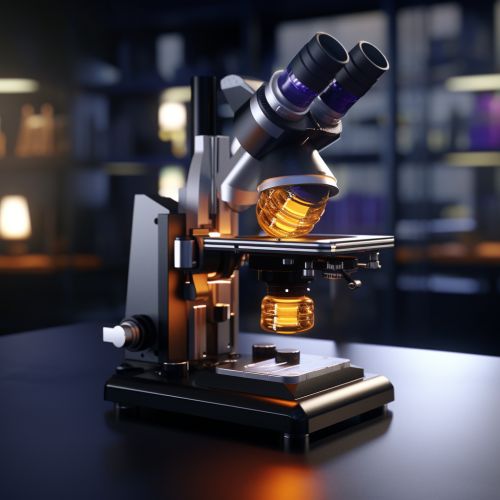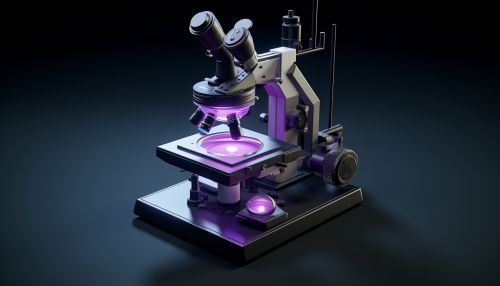Single-Molecule Biophysics
Introduction
Single-molecule biophysics is a scientific discipline that involves the study of individual molecules, as opposed to traditional biophysics, which often focuses on ensembles of molecules. The field is characterized by its application of physical principles and techniques to biological problems at the single-molecule level. This approach allows scientists to observe and manipulate individual biological molecules in real time, providing a unique perspective on the complex behaviors and interactions of biological systems.
Historical Background
The development of single-molecule biophysics was facilitated by the advent of new experimental techniques in the late 20th century. These techniques, including fluorescence microscopy, atomic force microscopy, and optical tweezers, enabled the direct observation and manipulation of individual molecules. The ability to study molecules one at a time has revolutionized our understanding of biological systems, revealing heterogeneities and dynamic processes that are obscured in ensemble measurements.


Techniques in Single-Molecule Biophysics
There are several key techniques used in single-molecule biophysics, each with its own strengths and limitations.
Fluorescence Microscopy
Fluorescence microscopy is a widely used technique in single-molecule biophysics. It involves the use of fluorescent dyes or proteins to label individual molecules, allowing them to be visualized and tracked under a microscope. This technique is particularly useful for studying the dynamics of molecular processes in living cells.
Atomic Force Microscopy
Atomic force microscopy (AFM) is another important tool in single-molecule biophysics. AFM uses a tiny probe to scan the surface of a sample, providing high-resolution images of individual molecules. In addition to imaging, AFM can also be used to measure forces and manipulate individual molecules.
Optical Tweezers
Optical tweezers are a technique that uses focused laser beams to trap and manipulate individual particles, including biological molecules. This technique is especially useful for studying the mechanical properties of molecules and their interactions with external forces.
Applications of Single-Molecule Biophysics
Single-molecule biophysics has a wide range of applications, from basic research in biology and physics to the development of new technologies and therapies.
Understanding Biological Processes
One of the main applications of single-molecule biophysics is to gain a deeper understanding of biological processes. By studying individual molecules, scientists can observe the dynamics of these processes in real time, revealing details that are not apparent in ensemble measurements.
Drug Discovery
Single-molecule biophysics also has potential applications in drug discovery. By studying the interactions of individual molecules with potential drug candidates, scientists can gain insights into the mechanisms of action of these compounds, aiding in the design of more effective therapies.
Nanotechnology
The ability to manipulate individual molecules has also opened up new possibilities in the field of nanotechnology. Single-molecule techniques can be used to construct and manipulate nanoscale structures, paving the way for the development of new materials and devices.
Future Directions
The field of single-molecule biophysics continues to evolve, with new techniques and applications being developed. Future directions for the field include the development of new single-molecule imaging techniques, the application of single-molecule techniques to increasingly complex biological systems, and the integration of single-molecule biophysics with other disciplines, such as genomics and systems biology.
